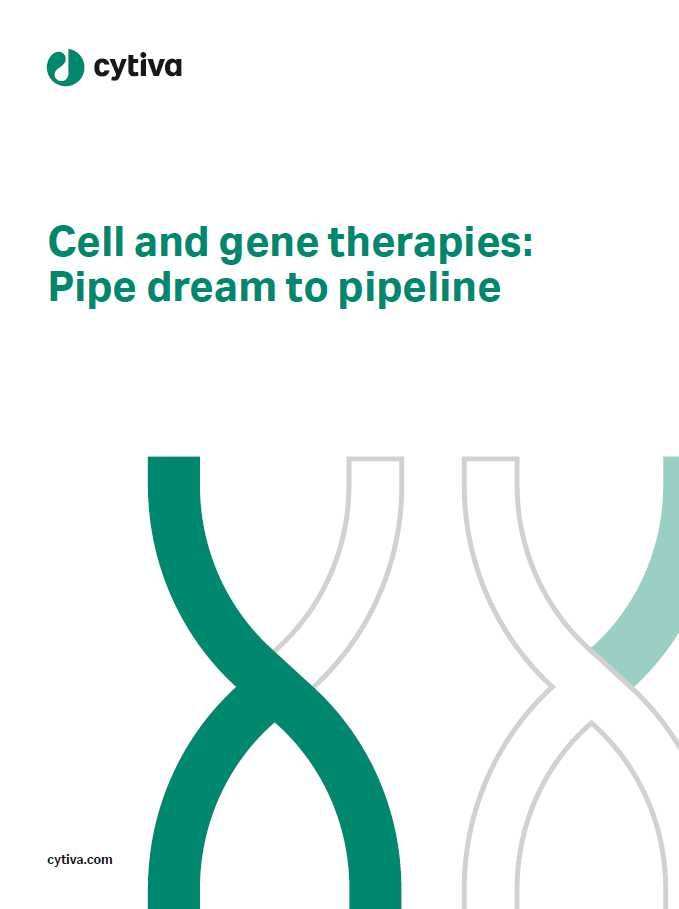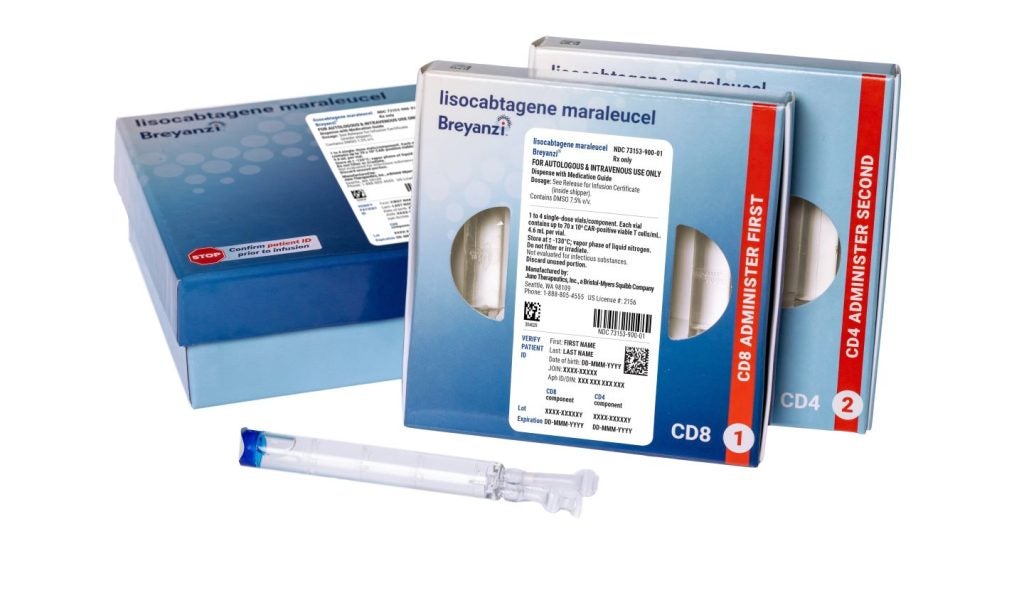
After several setbacks, bluebird bio bounces back with two major FDA gene therapy approvals. Last month, Zynteglo (betibeglogene autotemcel), or beti-cel, was approved as a one-time potentially curative gene therapy for patients with beta-thalassaemia who require regular blood transfusions. Shortly after this, the FDA announced the accelerated approval of bluebird’s Skysona (elivaldogene autotemcel), or eli-cel, on 19 September. Skysona is indicated as a one-time gene therapy to slow the progression of cerebral adrenoleukodystrophy (CALD), a rare paediatric neurodegenerative disease in boys aged 4–17 years diagnosed with early-stage CALD. These approvals represent crucial milestones for bluebird bio, the gene therapy field, and patients with rare genetic diseases.
Prior to bluebird’s approvals, there were only two FDA-approved gene therapies for inherited conditions on the market. Spark Therapeutics’ Luxturna, indicated for inherited retinal disease (IRD), was the first gene therapy to be approved, in 2017, with a price tag of $850,000 for each eye. The second gene therapy reached the market in 2019; Novartis’ Zolgensma was approved for spinal muscular atrophy (SMA) at a hefty price of $2.1m, making it the most expensive drug in the world. bluebird bio doubled the number of gene therapies available for inherited diseases within a one-month time span and snatched the title of owning the most expensive drug away from Novartis with Zynteglo’s price of $2.8m. bluebird then broke its own pricing record when the $3m Skysona was approved, and now faces the unique challenge of selling the world’s two most expensive drugs.
Gene therapies for rare inherited diseases are very expensive, as they tend to be the only therapeutic option available to patients and are often curative. They usually face resistance from insurers and may struggle to gain coverage at launch. However, in some cases, the one-time cost of gene therapy may be less than the lifetime cost of treatments that a patient would otherwise incur, making the high price tag seem more reasonable to insurers.
bluebird bio’s Zynteglo is a prime example, as patients with transfusion-dependent beta-thalassaemia require these transfusions every few weeks, and on average accumulate a lifetime cost of more than $6m—which is more than twice the cost of Zynteglo. bluebird has also proposed an outcomes-based agreement to make covering this treatment more attractive for payers. Under this agreement, bluebird will reimburse payers up to 80% of the cost if a patient fails to achieve and maintain transfusion independence up to two years following infusion.
For Skysona, the $3m price tag will be more difficult for bluebird bio to sell to payers, as an outcomes-based agreement is too complicated to implement for a neurodegenerative disease like CALD. Other treatment options for CALD are limited to undergoing an allogeneic haematopoietic stem cell transplant (allo-HSCT) from a matched donor or sibling, which 70% of patients simply do not have. The transplant is associated with serious risks and potential complications, including death, resulting in few CALD patients ever being treated. Unfortunately, almost half of these young patients who do not receive treatment die within five years of symptom onset. As children continue to face this high unmet need, clinicians and families are hopeful that Skysona will be accepted by payers and available for use soon.
Both of bluebird bio’s newly approved therapies carried FDA breakthrough therapy, orphan drug, fast track and priority review designations, while Skysona was also designated as a rare paediatric disease. This highlights the FDA’s dedication to pursuing innovative, life-saving therapies for patients without any alternatives. With about 30 million patients suffering from a rare genetic disease in the US, bluebird bio is setting the standard for future potential gene therapies that will require payors’ collaboration to be successful.









Related Company Profiles
Novartis AG
bluebird bio Inc
Spark Therapeutics Inc